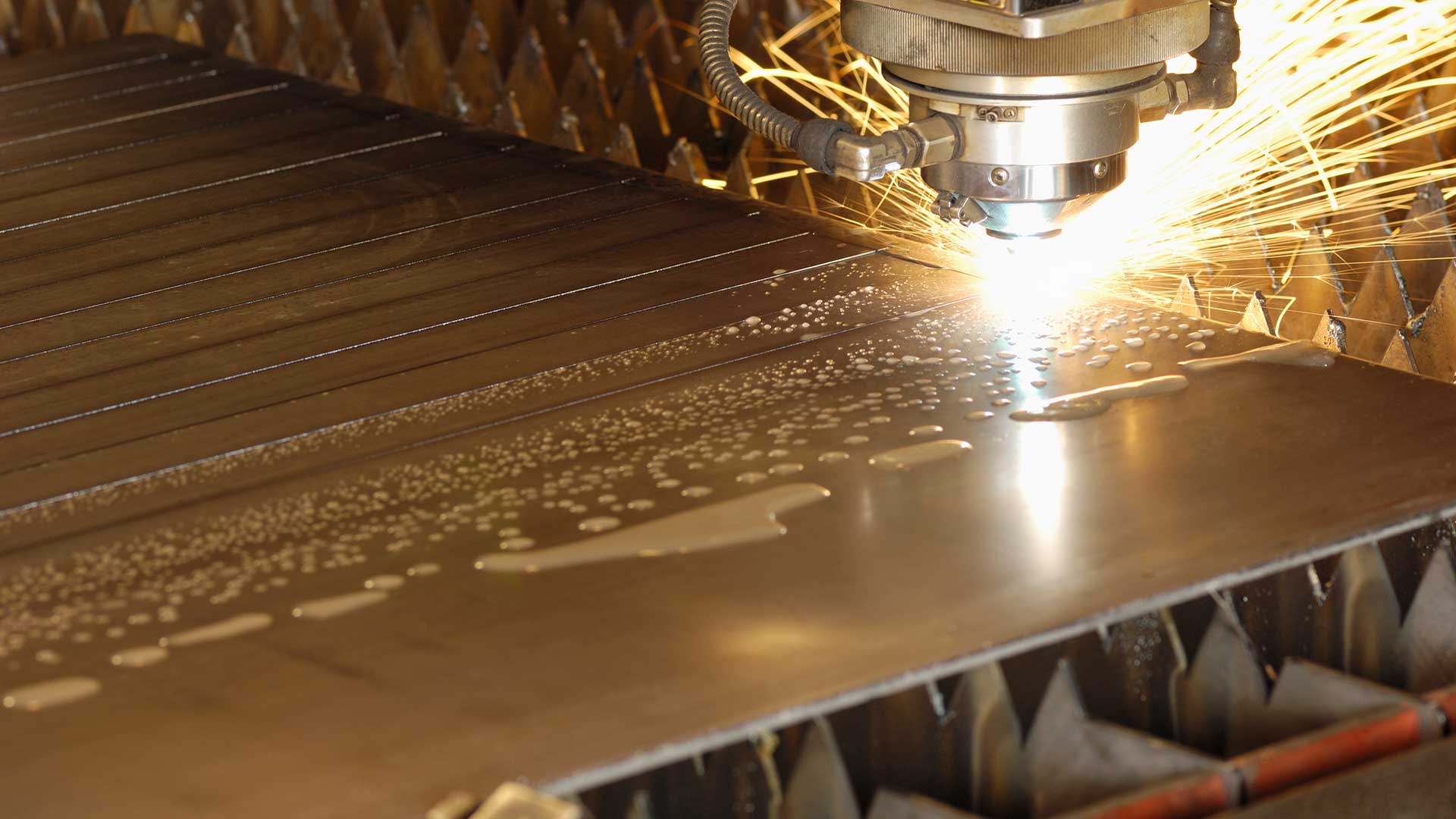Six Key Considerations for Laser Cutting Dust Control

Many laser cutting equipment manufacturers have recommended or integrated dust collection solutions for their machines. But these solutions don’t always work as well as expected. Here are six questions you should be asking before selecting a dust collector for your laser cutting machine.
Is the dust collector sized appropriately for my application?
One of the biggest mistakes we find in working with laser cutting equipment manufacturers is improperly sized dust collection equipment. This is especially true when making the switch from CO2 lasers to new fiber cutting machines. Older rules of thumb used for CO2 lasers don’t necessarily translate to fiber lasers.
It is important to make sure that the dust collector has a high enough cubic feet per minute (CFM) rating to keep up with the volume of dust produced by your processes. This will vary with the cutting speed, the type and thickness of the material, and the production schedule. If the dust collector does not have adequate CFM, dust will build up in the enclosure faster than the collector can pull it out. Over time, this will lead to product quality issues and excess wear and tear on delicate equipment components.
What are the ongoing filter costs?
Filter replacement costs are an important part of the total cost of ownership for your dust collection equipment. To maximize filter life, it’s important to make sure that the dust collector has adequate filter area. Equipment with fewer or smaller filters may be less expensive up front, but could cost more over time through reduced filter longevity. If the area of filter media is not adequate for the volume of dust you are producing, particulates will be driven deep into the filter before they can be pulsed off. This causes rapid clogging and reduces filter life.
The ratio of CFM to filter media is known as the air-to-media or air-to-cloth ratio. In general, the higher the volume of particulates, the lower your air-to-cloth ratio should be. For most laser cutting applications, manufacturers should look for an air-to-cloth ratio between 1.0:1 and 1.6:1. Processes that produce heavier particulate loads—thicker materials, continuous production or higher velocity—may need even lower ratios, between 0.5:1 and 0.75:1.
What are the energy costs associated with dust collection?
Energy is another part of the total cost of ownership for your dust collector. Not all dust collectors are equal when it comes to energy efficiency. Look for energy-saving features that will reduce operating costs in the long run. For example, Variable Frequency Drives (VFD) are able to adjust the motor speed up and down in response to filter loading. As filters become more loaded with particulates, blowers have to work harder to push air through the filter media. Without VFD, blower speed has to be set higher at all times to anticipate the energy needed to push air through the filters at their maximum loading capacity. With a VFD, the blower can run at lower levels when filters are new and gradually ramp up power as more dust accumulates in the filter. RoboVent’s eDrive™ Automatic VFD reduces energy consumption by 20-40%.
What kind of connectivity does the dust collector enable?
When setup properly dust collectors save energy, reduce maintenance costs and take the guesswork out of preventative maintenance. At a minimum, the dust collector should be able to connect with the laser so that it can automatically turn on and off with the laser. This reduces energy use by ensuring that the dust collector is only running when it is actually needed.Connected dust collectors minimize the maintenance burden on staff and optimize system performance for lower operating costs.
Who provides support to end users?
When purchasing an integrated laser and dust collection system, it’s not always clear who will provide support and service for the end user—the laser OEM, or the dust collector manufacturer? Some dust collector manufacturers push this responsibility onto the laser OEM, but most laser equipment suppliers do not have specific expertise in dust collector maintenance and tech support on staff. That’s why RoboVent always provides support for end users of our dust collectors, even when they are sold as part of an integrated package by another supplier. This ensures that end users get rapid support and accurate answers when technical questions arise.
Who is responsible for dust collector and ductwork installation?
Correct installation is essential to ensure that dust collectors work as expected. In evaluating proposals for integrated laser and dust collector systems, make sure you know who will be doing the installation and whether the quote includes necessities such as ductwork to connect the laser enclosure to the dust collector. Also ask whether the dust collector manufacturer will be involved in the installation, or, if not, if installers from the laser manufacturer have been trained in dust collector installation and commissioning. RoboVent works closely with the laser equipment OEMs we partner with to ensure that anyone who will be involved with installation of RoboVent equipment has adequate training and support.
Dust collector selection is often overlooked when it comes to evaluating laser cutting equipment. But if your dust collector isn’t up to the job, you could end up with expensive repairs to the laser or health and safety violations in your facility. It pays to pay attention to dust collection up front and ask the right questions.
Contact Us With Your Questions!
SUBSCRIBE TO
BLOG UPDATES









